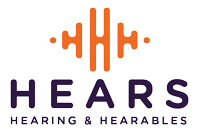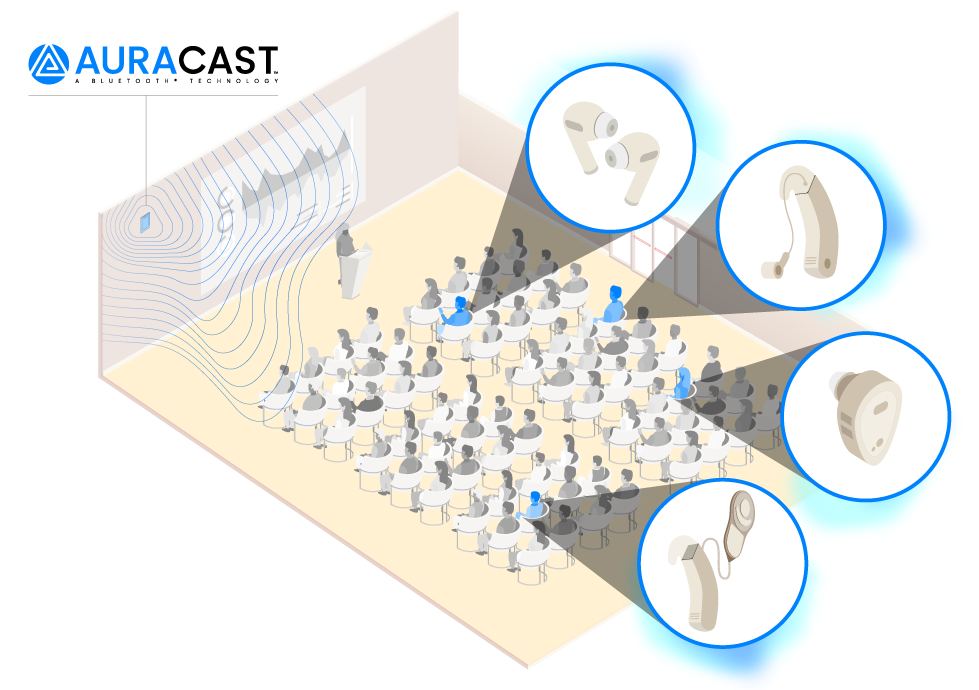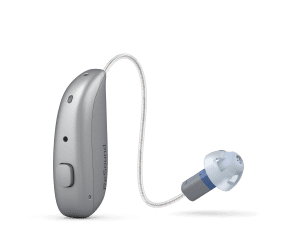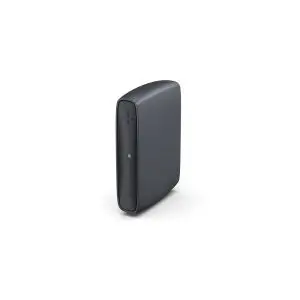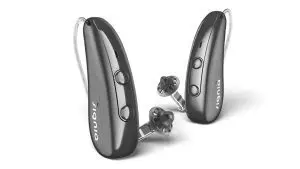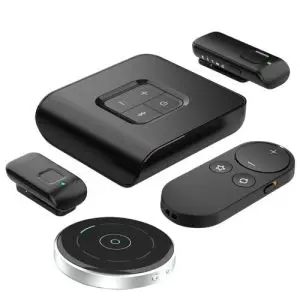The Auracast Bluetooth Technology’s Impact on Auditory Experiences
Bluetooth technology has played a significant role in improving the functionality and accessibility of hearing aids. Here’s a brief overview of the history of Bluetooth hearing aids:
Early Developments (1990s):
Bluetooth technology was first conceived in 1994 by Ericsson, a Swedish communications company. The initial goal was to create a wireless alternative to RS-232 data cables. This technology quickly gained popularity, leading to the development of Bluetooth-enabled devices across various industries.
During the mid to late 1990s, I had the privilege of working as a clinical audiologist in a setting with an Ear, Nose, and Throat specialist. This era was notably intriguing due to the absence of what we now commonly refer to as “digital hearing aids.” Instead, we had at our disposal what we termed “digitally-programmable” hearing aids. The terminology was not a mere technicality. It highlighted our capacity to program these devices in a more sophisticated manner. Leveraging digital tools—a concept that was just beginning to permeate the world of audiology.
The technological landscape of that period was a fascinating one. It was a time when devices such as the iPod were gaining prominence. Flip phones were the epitome of mobile communication. And even the heralded BlackBerry had not yet made its debut.
Bluetooth Enters the Hearing Aid World
I distinctly recall the moment when I was first introduced to the term “Bluetooth.” It was an encounter that left an indelible mark on my memory. The catalyst for this revelation was a gentleman who, unfortunately, had profound hearing loss in one ear but retained functional hearing in the other. He expressed a keen interest in obtaining a BiCros hearing aid system—a solution designed to bridge the acoustic gap between his impaired and healthy ears. In essence, the BiCros system incorporated a microphone to capture sound on the non-hearing side and transmit it to the functional ear, either without amplification or with minimal amplification, depending on the patient’s needs. However, the novel aspect of his inquiry lay in his suggestion: “Why can’t they employ Bluetooth technology for this purpose?”
At that precise moment, the term “Bluetooth” had absolutely no resonance with me. It was a foreign concept, and I confess to feeling somewhat perplexed by this unforeseen divergence into uncharted technological territory. He explained what it was to me. And now thinking back, it reminds me of how my friend in the 90s told me about the “super-highway”.
Reflecting upon that encounter, I am reminded of the transformative power of technology and the profound impact it has had on the field of audiology. It serves as a testament to the ever-evolving nature of healthcare. Driven by innovation and a deep commitment to improving the lives of those we serve.
Hearing Aid Compatibility (Early 2000s):
As we moved into the early 2000s, hearing aid manufacturers started integrating Bluetooth technology into their devices to enhance their functionality. I am not quite sure how these worked within the hearing aid other than working with accessories and other companion devices.
Bluetooth Hearing Aids (Mid-2000s):
Around the mid-2000s, the first generation of Bluetooth-enabled hearing aids, like those from Phonak and Unitron, began to hit the market. These devices featured Bluetooth connectivity, allowing users to pair their hearing aids with smartphones.
Bluetooth Low Energy (LE) and Hearing Aids (2010s):
In 2010, Bluetooth (LE) was introduced as part of the Bluetooth 4.0 specification. Bluetooth LE is a power-efficient version of Bluetooth, which was particularly beneficial for hearing aids. It allowed for longer battery life. Hearing aid manufacturers embraced Bluetooth LE, leading to smaller and more discreet Bluetooth-enabled hearing aids that could run for days on a single battery charge.
The proliferation of smartphones in the 2010s further enhanced the capabilities of Bluetooth hearing aids. Hearing aid apps were developed, allowing users to control and adjust their hearing aids directly from their smartphones. This level of customization and control greatly improved the user experience.
Hearing aid manufacturers worked closely with Bluetooth SIG (Special Interest Group) to develop standardized Bluetooth profiles for hearing aids. This ensured compatibility and ease of use across different hearing aid brands and models. Therefore, promoting greater accessibility for people with hearing loss. These were fun times for us hearing care providers as well as people with hearing loss because it made such a difference to people. It was truly rewarding to be in the field at this time!
Auracast is the Future of Bluetooth
“Auracast” has been introduced! It aims to improve upon existing Bluetooth standards by offering new features, enhancements, and optimizations.
Benefits of New Auracast Bluetooth Technologies
The benefits of this new Bluetooth technology, “Auracast”, will be a game changer in how we all connect with devices and communicate with those around us. On the very basic of levels, Auracast will have some of the following abilities:
- Enhanced Audio Quality: Better audio quality for wireless headphones, speakers, and other audio devices with Auracast receivers.
- Improved Gaming and Multimedia Experience: Reduced latency for gaming and multimedia applications, leading to a more immersive experience.
- Seamless Device Pairing: Easier and faster pairing of devices, simplifying the user experience.
- Multiple Connections: More than one Bluetooth receiver device can be connected to the Auracast transmitters! Bluetooth will no longer be monogamous.
- Extended Range: Extended Bluetooth range could be useful for applications like smart home devices, where signal coverage is critical.
- Reduced Power Consumption: Longer battery life for hearing aids and devices such as wireless earbuds or smartwatches.
The introduction of Auracast Bluetooth technology promises to enhance not only the lives of individuals with hearing loss but also the broader user base, transcending auditory limitations to redefine the way we engage with sound.
A Use Case Example of Auracast
Imagine you are a student enrolled at a prominent institution attending a lecture within a sizable auditorium. Picture this: the university has equipped every professor and speaker with a specialized microphone system, incorporating a transmitter that interfaces seamlessly with the Auracast receiver.
Now, should you prefer to sit at the back of the lecture hall, you have the capacity to effortlessly connect your wireless Bluetooth Auracast device to the transmitter microphone employed by the lecturer. In an instant, their voice resonates clearly and directly within your ears. Sounding as if you were seated in the front row. The only distinction lies in your vantage point; regrettably, you may not have the benefit of an unobstructed view.
Many people widely recognize that visual clarity closely intertwines with optimal auditory experiences. Nevertheless, the potential applications for this groundbreaking technology extend far beyond the lecture hall.
A New Era of Technology
The versatility of this technology is poised to usher in a transformative era, with diverse applications that encompass movie theaters, live theater productions, guided museum tours, in-flight entertainment on airplanes, sports bars where television audio is paramount, and the immersive experience of watching a Viking football game.
Even during your regular workouts, when you wish to establish a direct connection to the televised content displayed on the wall above your exercise equipment, this technology has you covered, offering a seamlessly paired direct streaming solution. I think you get it, it is going to make a world of difference and it is coming to our clinics faster than we thought.
Hearing Aid Manufacturers are Prepared for the Future of Bluetooth Hearing Aids
In a significant development, it has come to my attention that the renowned hearing aid manufacturer, Resound, has unveiled the Nexia, a hearing aid device that is “Auracast ready”. Resound has also released a TV piece that has an Auracast transmitter.
This announcement marks the inception of a game-changing era in hearing technology. I am eagerly anticipating the opportunity to explore this technology further and provide you, our customer, patient, client, with a more comprehensive and informative assessment in a subsequent blog. It is conceivable that, in the near future, the integration of such technology will become increasingly commonplace, ensuring that a wide spectrum of individuals will have ear-worn devices as ubiquitous companions.
A New Era of Hearing Aids?
As Leslie, the Minnesota woman vying for the attention of Gerry on “The Golden Bachelor” (who proudly wears hearing aids), charmingly declared “I have ‘ear-candy’ too.” “Now”, she said, “you can whisper directly into my ear”—an enchanting prospect indeed. He leaned over and whispered something to her, which she heard and blushed and we never got to hear, as it was too soft! I extend my gratitude to Leslie for artfully fusing the notions of “ear” and “candy,” two of life’s delightful indulgences. Hearing is important (and so is candy).
We at Hears Hearing & Hearables are here to help you find your solution and if it entails hearing better at the gym, school, or even a sports bar, we are ready and aware of all the new technology including Bluetooth Auracast!
Thanks for reading,
Kim.
